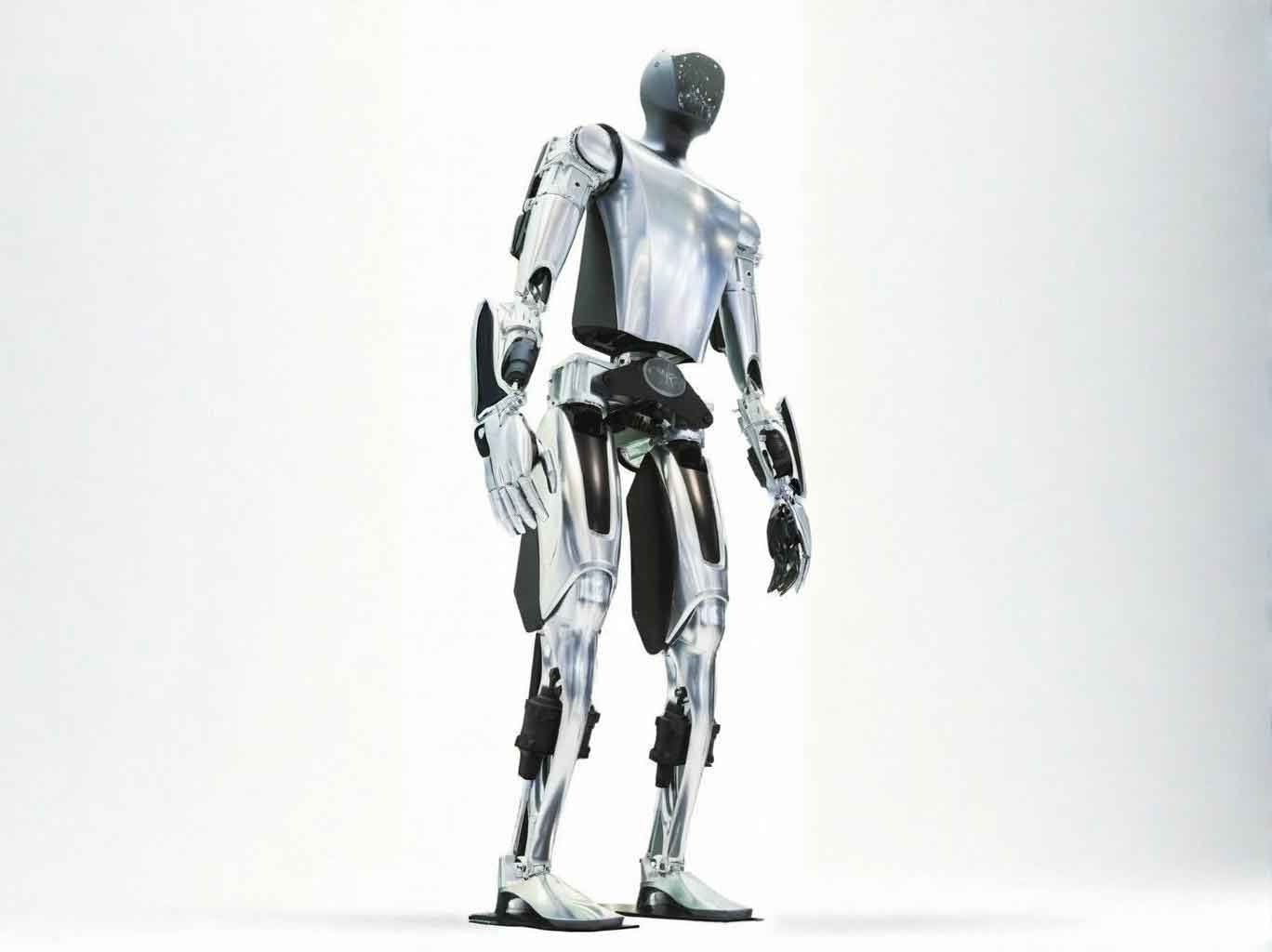Lifting 18kg stators and rotors on production lines, assisting with automotive painting for new energy vehicles, quadruped robots using lightweight arms for waste collection and pesticide spraying—the inaugural Embodied Intelligent Robot Sports Meet in Wuxi resembled a martial arts tournament for robotics. Diverse embodied robots demonstrated athletic capabilities while showcasing their latest workplace applications. This vibrant display along Lake Taihu highlights Wuxi’s thriving embodied robot industry, where each movement symbolizes the city’s successful integration of technological and industrial innovation.

1. Manufacturing Prowess Fuels Embodied Robot Development
Wuxi’s robust industrial ecosystem, anchored in physical manufacturing, provides fertile ground for embodied robot advancement. With seven industrial clusters exceeding ¥200 billion and five national advanced manufacturing clusters, the city leads in internet technology, precision manufacturing, electronics, and automotive components. These strengths create expansive opportunities for embodied intelligent robots. At the sports meet, a standout was the 2-meter-tall, 100kg Lansen humanoid robot developed by Wuxi Lisheng Technology. Designed for heavy payloads, this embodied robot handles non-standardized tasks like lifting and inspecting 20kg automotive motor components on production lines, reducing worker fatigue and inspection errors through specialized AI models and sensory feedback systems.
2. Industrial Demand Drives Robotic Solutions
Real-world manufacturing challenges directly inspire embodied robot innovations. Tianqi Automation, collaborating with Beijing Galaxy General Robots, displayed wheeled humanoid robots performing打磨 (grinding) and inspection tasks in automotive paint shops—environments hazardous to humans due to fumes and particulates. These embodied robots, tested in actual production lines, exemplify how industry-specific needs catalyze technological breakthroughs. Similarly, Lisheng’s Lansen units emerged from production-line demands where workers manually handled heavy components daily. This synergy between industrial pain points and robotic solutions amplifies Wuxi’s manufacturing resilience.
3. Strategic Policies Accelerate Future Industries
Since 2024, Wuxi has classified humanoid and embodied intelligent robots as pivotal future industries, implementing frameworks like the Three-Year Action Plan for AI Industrial Innovation (2023-2025) and the Embodied Intelligent Robot Industrial Development Implementation Plan (2025-2027). This strategic focus positions embodied robots as transformative economic engines. The city fosters full-chain development from research to commercialization, accelerating the fusion of technological and industrial innovation.
4. Research Platforms Catalyze Technological Breakthroughs
Wuxi strengthens embodied robot development through collaborative platforms. Qiu Zhi Technology, incubated at Tsinghua University’s Intelligent Industry Research Institute, showcased a 3.5kg robotic arm with six degrees of freedom. This lightweight component—critical for enhancing embodied robot agility—enables quadruped robots to perform tasks like pesticide spraying or hazardous-area patrols. Institutions like Tsinghua Wuxi Research Institute bridge academia and industry, while new hubs like the Wuxi Humanoid Robot Industrial Innovation Center and Jiangsu Provincial Humanoid Robot Quality Testing Center amplify regional capabilities. Partnerships with Beijing and Shanghai’s robotic innovation centers further energize Wuxi’s embodied robot ecosystem.
5. Quantifiable Growth in Embodied Robot Ecosystem
Data underscores Wuxi’s leadership in embodied robotics. From 2015 to 2024, the city filed 572 humanoid robot patents with a 57% invention authorization rate. Core embodied robot component manufacturers number 37, supplemented by 21 system integrators. Localization rates for critical technologies like servo motors and tactile sensors exceed 60%. Seventeen major projects have attracted ¥6.9 billion in investments, fostering supply-chain growth across domains: joint modules, harmonic reducers, sensors, and millimeter-wave radar components.
6. Application-Led Expansion Across Sectors
Wuxi prioritizes scenario-driven innovation for embodied robots. The city’s “scenario unveiling” initiative identifies implementation opportunities across three domains—industrial manufacturing, daily services, and urban governance. Fifteen pilot scenarios have been selected to refine applications, ensuring embodied robots evolve through real-world testing. This approach not only validates technical solutions but also stimulates market-ready innovations, embedding embodied robots deeper into economic and social frameworks.
Wuxi’s embodied robot ascendancy demonstrates how manufacturing legacies can birth cutting-edge technologies. By aligning industrial needs with research excellence and policy support, the city transforms production-line challenges into globally competitive embodied robot solutions—proving that innovation thrives when rooted in tangible industrial soil.
